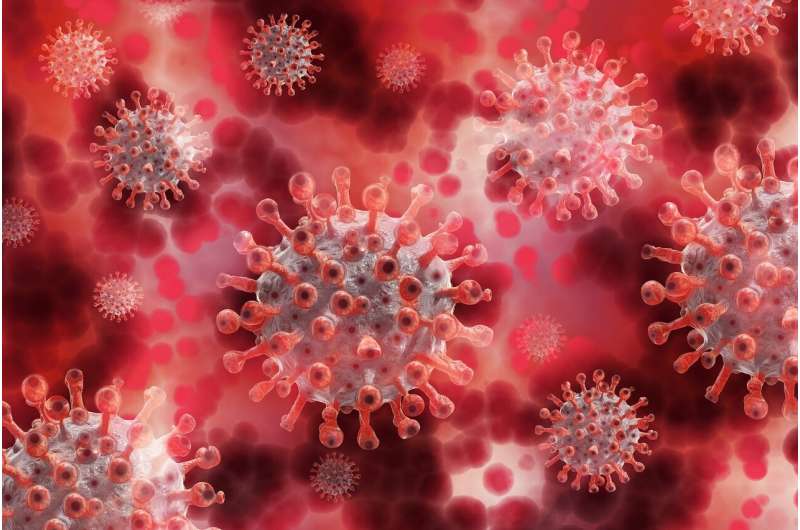SARS-CoV-2 encoded miRNA is a biomarker for stratification of severe patients

In a retrospective, multi-center cohort study, a microRNA-like small RNA encoded by SARS-CoV-2 was identified in the serum of COVID-19 patients. This can be developed as a non-invasive biomarker for stratification of severe patients from mild/moderate ones and for identification of high-risk individuals before clinical manifestation of severe symptoms. This biomarker ensures proper allocation of patients to different levels of medical facilities and allows more effective control of the pandemic and relief of social economic burdens.
COVID-19, caused by SARS-CoV-2, evolved into a global pandemic in 2020-2021. Although most COVID-19 cases are mild, some patients rapidly develop acute respiratory distress syndrome and other serious complications, leading to multiple organ failure and even death. Since medical facilities do not have reliable biomarkers to predict likelihood of disease progression and identify high-risk patients that require immediate medical attention, patients can only be treated after the appearance of severe symptoms, thereby missing the best treatment window. Furthermore, because patients cannot be stratified at admission, they have to be quarantined and treated without screening, which often leads to high pressure on healthcare services. To improve treatment outcome, reduce the mortality rate and prevent a total failure of the overwhelmed health services, it is essential to prioritize the patients at higher risk of developing life-threatening COVID-19 disease.
This study provides just this, a reliable early prognostic biomarker for COVID-19 severity. This biomarker is a microRNA-like small RNA encoded by SARS-CoV-2 virus, named miR-nsp3-3p, which is exclusively present in the serum of severe patients but not in non-severe patients and healthy controls. MiR-nsp3-3p is superior to the conventional biochemical characteristics (e.g., D-dimer, CRP, LDH and PLC) for stratification of severe patients from mild/moderate ones. More importantly, miR-nsp3-3p can capture the risk of critical illness far ahead of clinical manifestation of severe symptoms, exhibiting a significantly higher prediction horizon (7.4 days in advance) and higher accuracy (97.1%) than conventional indexes.
The critical points of this study are highlighted below:
Source: Read Full Article


